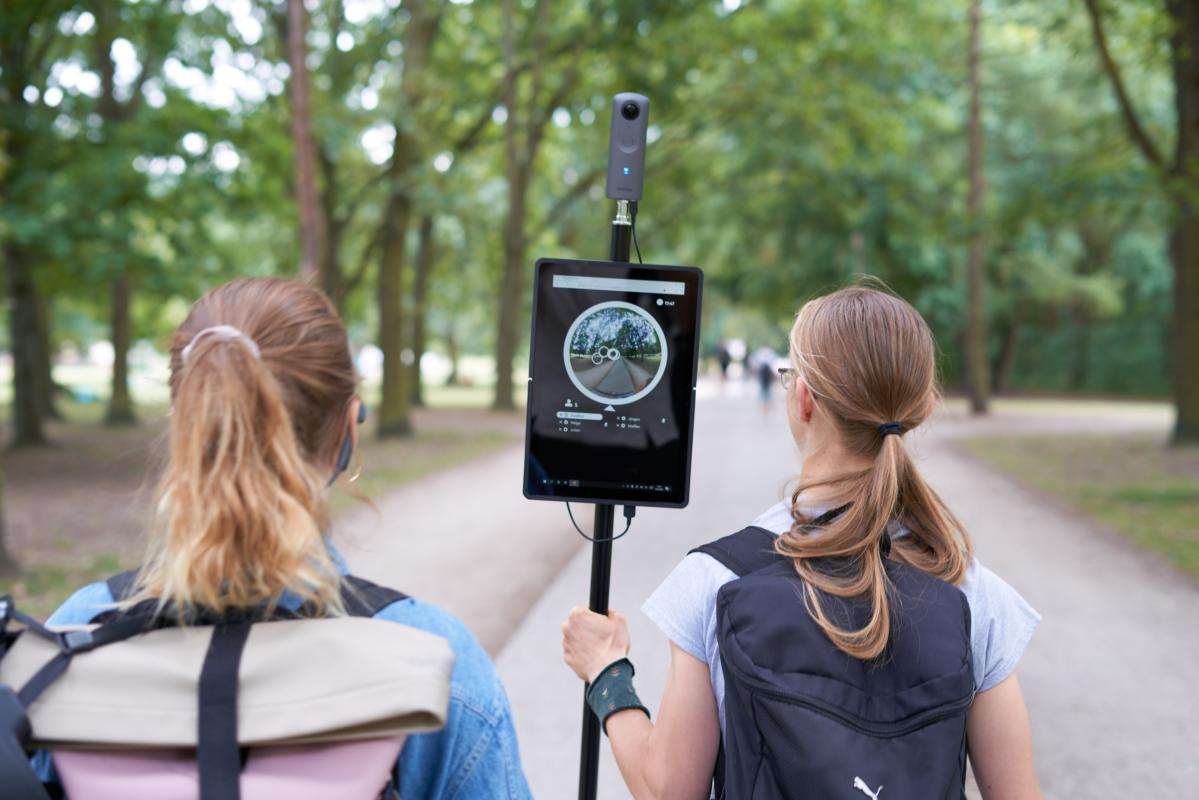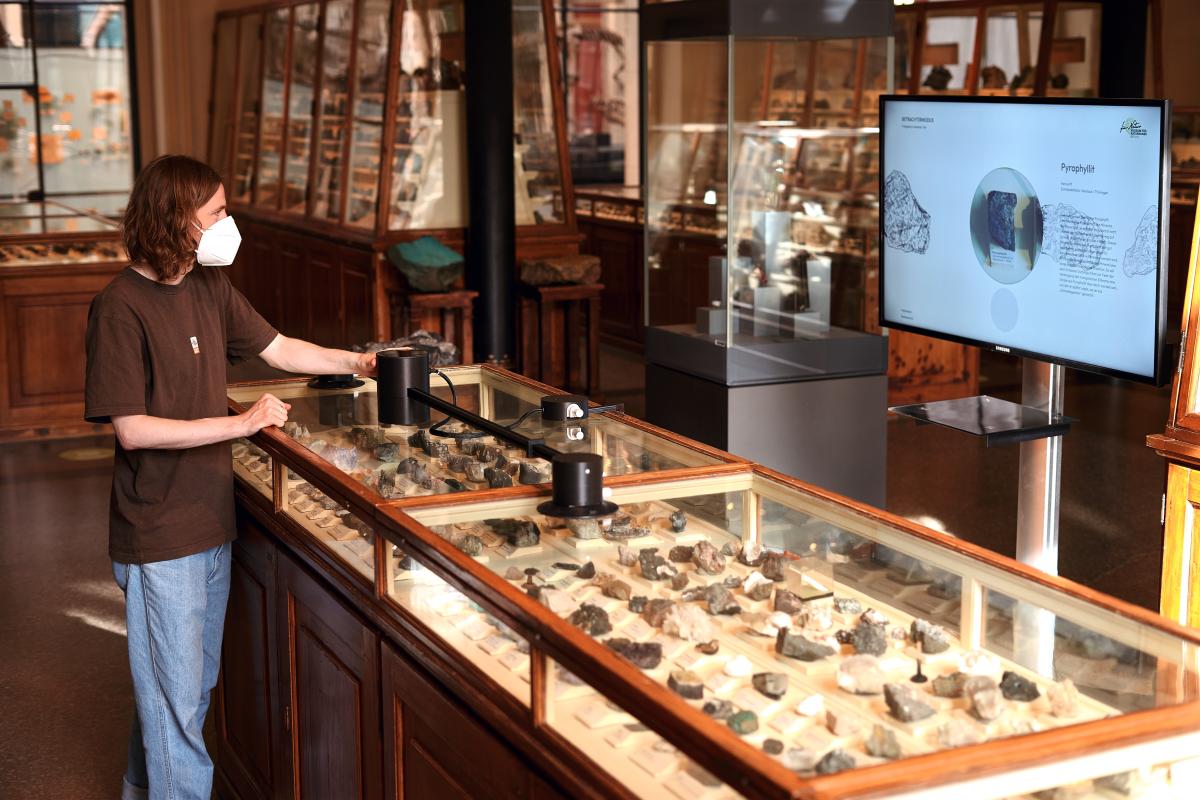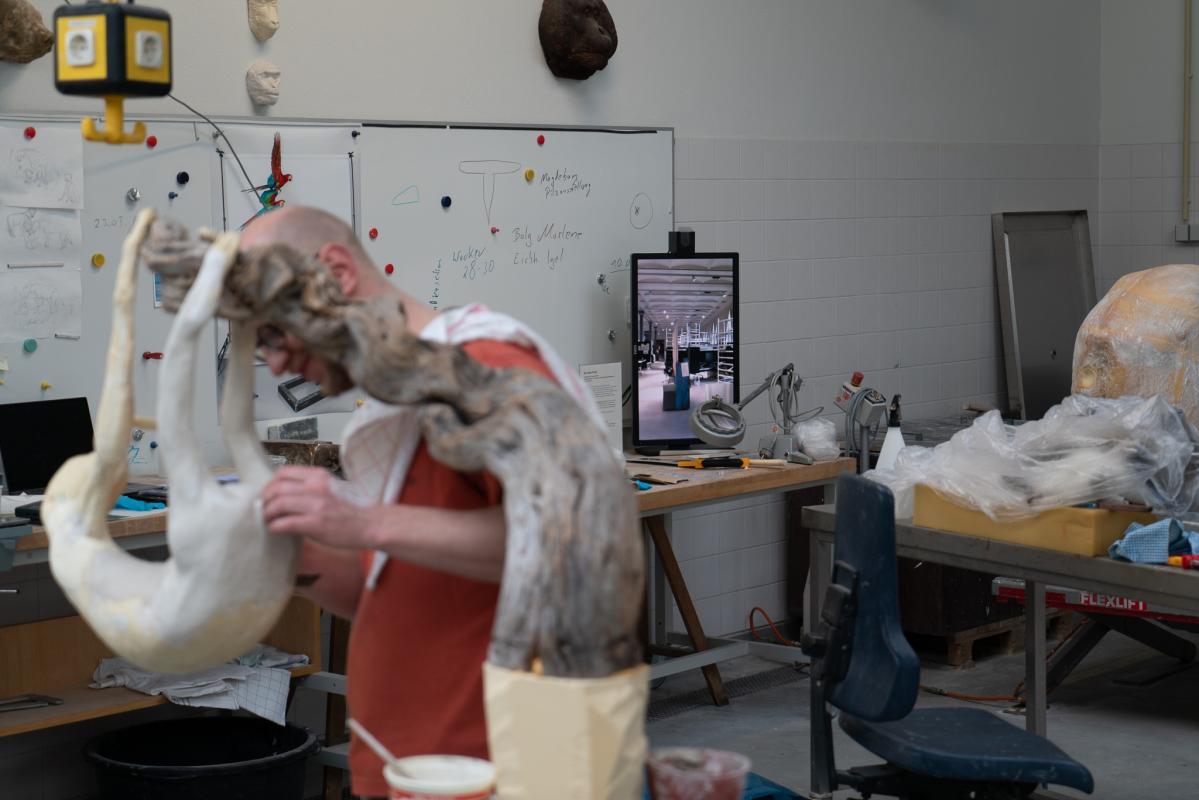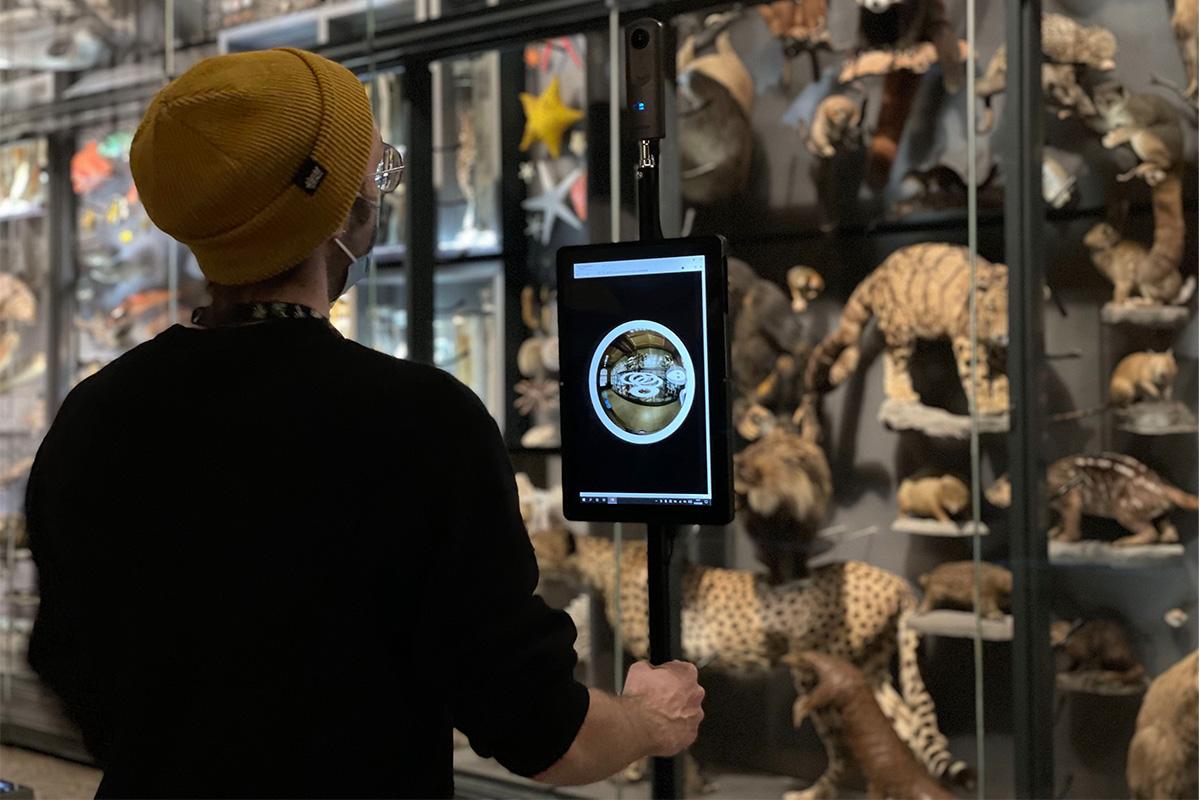In January 2021, the Museum für Naturkunde Berlin and ART+COM Studios launched the NuForm research project. For two years, the project will develop and test new forms and formats of encounter communication that are intended to sustainably expand the museum exhibition experience.
Hygienic requirements, closing times and contact restrictions in the context of the Covid19 pandemic pose special challenges for encounters and communication in the museum space - these are being addressed by the NuForm project:
Using specific case studies, the project will identify individual factors and mechanisms of action that constitute different types of museum experience. By analyzing these components, new formats of knowledge communication can be identified and tested that work under the restrictions of the Covid-19 protection measures and possibly also signify innovations in the field of encounter communication for cultural institutions.
On a theoretical level, we consider existing analog educational and cultural programs. Taking this as a starting point, we explore which factors play a significant role in dialogue communication and how similarly or differently visitors use analog, digital, and hybrid programs.
On a practical level, we work on concrete application scenarios in which we develop concepts and technologies. These are tested as prototypes, used in the museum and evaluated. In this way, we call these work packages Show Cases. A total of three showcases were developed, which are presented in more detail below.
The 360°Guided Tour: personalized visitor tours

Virtual tours are already established offerings of museums, through which exhibitions can be accessed as videos or livestreams. In this Show Case, we are trying to explore the concepts of individualization, freedom of movement, and group dynamics that are present in analog tours. But which technological solutions can enable digital-hybrid tours to provide these observations, so that important elements of the leadership experience are preserved for participants?
The prototype
With the help of digital markers, the center of vision of each participant can be made visible. On the one hand, participants can see what others are currently looking at. On the other hand, the guide in particular can understand what participants are actually focusing. This information could help the guides to respond individually and in terms of content to the objects being viewed or to (re)direct the attention of the participants. A voice function enables participants to interact with each other and with the guide person, to ask questions or to comment.
The Mineral Dance: Intersection of real and virtual encounter

The Mineral Hall at the Museum für Naturkunde Berlin is a historically protected room. This limits the flexibility of design and the variety of staging with which minerals can be exhibited. Accordingly, it is difficult to attract new groups of visitors for a certain exhibition topic, e.g. mineralogy.
This Show Case focuses on the Mineral Hall as an example of an exhibition hall with historic and listed character.
How new interests can be stimulated, new content can be opened up, or new possibilities for interaction can be created, is something that needs to be considered here apart from a redesign of the exhibition. This must succeed without structural changes to the space.
The prototype
With this Show Case, a hybrid prototype was designed that can be accessed both digitally and on site in the mineral hall. It provides multimedia access to the exhibition theme and at the same time reveals content that playfully complements the existing exhibition.
Using an explicit display in the Mineral Hall as an example, visitors can navigate through a number of minerals and thereby call up additional information about the exhibits. The prototype transmits the view as a livestream to a remote system so that the original objects and the supplementary information can also be accessed virtually from outside.
The hybridity of the prototype is defined by the direct connection and technological synchronization of both sides. Control from one side is also apparent on the other. Both sides register the simultaneous navigation visually and via a haptic resistance, which is intended to illustrate a physical-digital encounter and connectivity.
Live Science: extending the museum space

Glimpses behind the scenes, open laboratories, authentic "live" insights into scientific work are processes that fascinate visitors and encourage them to exchange ideas. Live Science has the potential to become a new visitor highlight and offers new opportunities in the field of science communication. Socially relevant topics can also be transported in this way.
The prototype
With the help of a video portal, we followed the idea of building a bridge between a working area behind the scenes of the museum to the "outside world". WebRTC established a video connection between two servers, which in turn connected the visitors' room and the museum's taxidermy workshop via livestream and monitors. On selected days, visitors were able to watch our taxidermists at work.
The project is funded by the German Federal Ministry of Education and Research.

